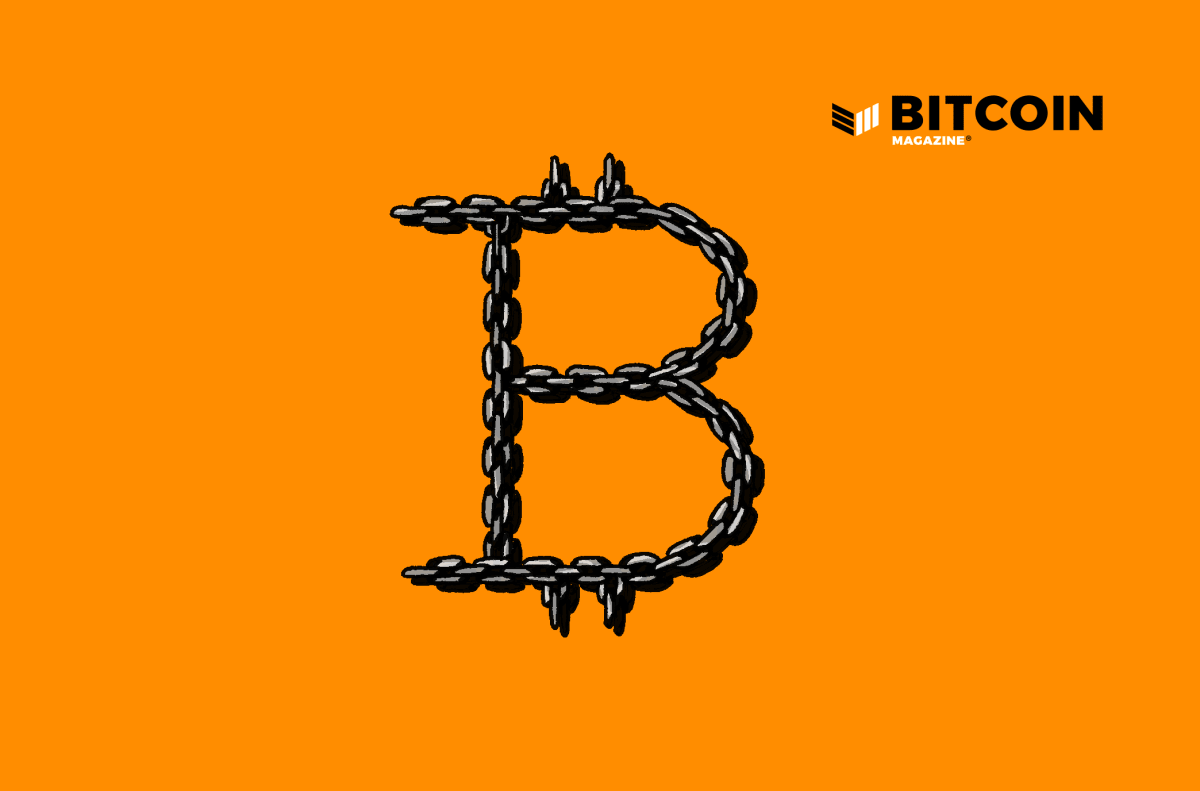Layer 2 Labs is launching with the goal of scaling and building out drivechains for the Bitcoin Network. The company has closed a seed round at launch, raising $3 million in funding.
Layer 2 Labs co-founder and CEO Paul Sztorc said in a statement sent to Bitcoin Magazine that the firm seeks to “make everyone in the world a Bitcoin user.” Sztorc is the author of two Bitcoin improvement proposals (BIPs), BIP 300 and BIP 301, which detail the technical specifications of drivechains. Naturally, drivechains are at the forefront of Layer 2 Labs’ mission.
“Layer 2 Labs believes that drivechains have the potential to revolutionize the way we use Bitcoin by enabling greater scalability, extensibility, privacy, and flexibility on the network,” the company said in a statement. “We believe that drivechains have the potential to kill altcoins, increase Bitcoin adoption, and provide the catalyst for hyperbitcoinization.”
Drivechains define a specific way through which to create Bitcoin sidechains. Sidechains are parallel blockchains to Bitcoin that enable BTC to “flow” between the two networks in a two-way peg. Since bitcoin can’t actually leave the Bitcoin network, sidechains accomplish this task by locking up BTC on the Bitcoin blockchain and representing them in different ways in the sidechain. The goal is that the representation of BTC in the sidechain maintains a 1:1 peg to the actual BTC locked on the Bitcoin network.
Liquid is perhaps the most popular sidechain in the Bitcoin ecosystem today. Blockstream’s model leverages a federation to handle the on-chain lock-up and withdrawals, as well as sidechain block creations. Drivechains attempt to move away from the federated model in favor of something it deems more decentralized –– Bitcoin’s own miners.
Under the drivechain model, bitcoin miners also mine sidechain blocks, albeit blindly. That is, the miner doesn’t need to run software for that specific sidechain, while accruing from the value being transacted on that parallel chain. This is because most fees paid on the sidechain go to the bitcoin miners. Ultimately, this also contributes to greater fee revenue in Bitcoin.
Drivechains allow for nearly any kind of chain to be created and take advantage of the two-way peg. This characteristic could allow for functionality present on any altcoin network to be indirectly ported to Bitcoin. Hence, drivechains –– and sidechains at large –– in some way allow for bitcoin to be used on another chain, with different rules and properties. The benefit is the user would be able to do things with their bitcoin that isn’t possible on the Bitcoin network. The risk is the pegging mechanism.
Sztorc said the company has three overarching goals. The first, as mentioned, is the desire to further develop and scale drivechains.
“We have 6 sidechain-designs in development already, including two which are exact clones of Ethereum and zCash (but BTC-only),” he said in a statement. “These allow for immediate global scale, impenetrable easy-to-use privacy, and complete freedom (for users and developers).”
Second, Layer 2 Labs aims to improve the user experience in Bitcoin, especially around activities necessary for truly self-sovereign bitcoin ownership.
“We want REAL bitcoin users –– users who run nodes, and hold keys,” he added. “This requires a revolution in UX and education… which we aim to bring about. Nodes should be easy to run and do useful things that any layperson can understand and appreciate.”
Finally, Sztorc said the firm plans to work on what he calls “high-risk, high-reward problems.”
“These include prediction markets and a resurrected Namecoin,” Sztorc said. “These services will revolutionize media/telecommunications, just as Bitcoin will revolutionize Banking.”















